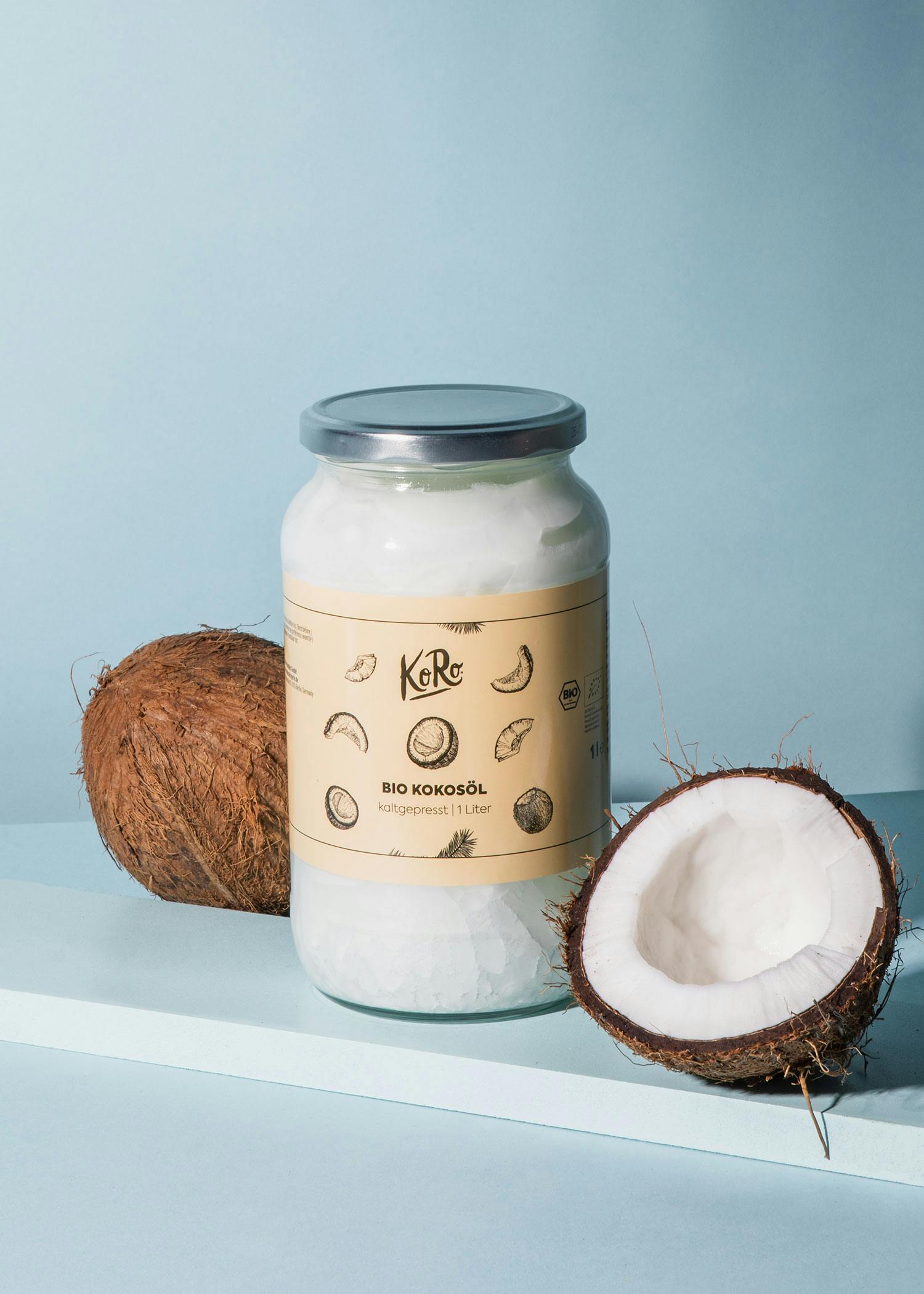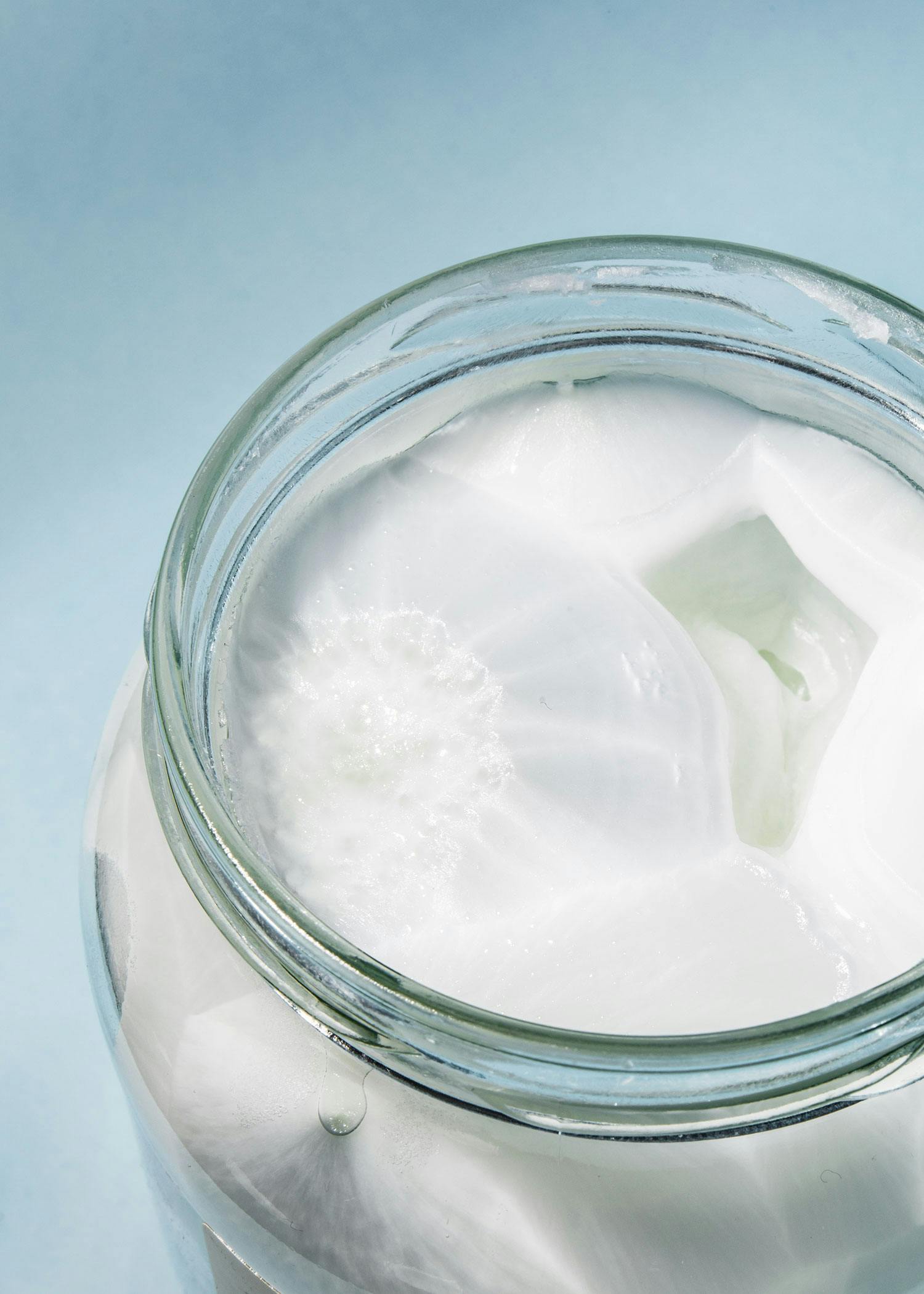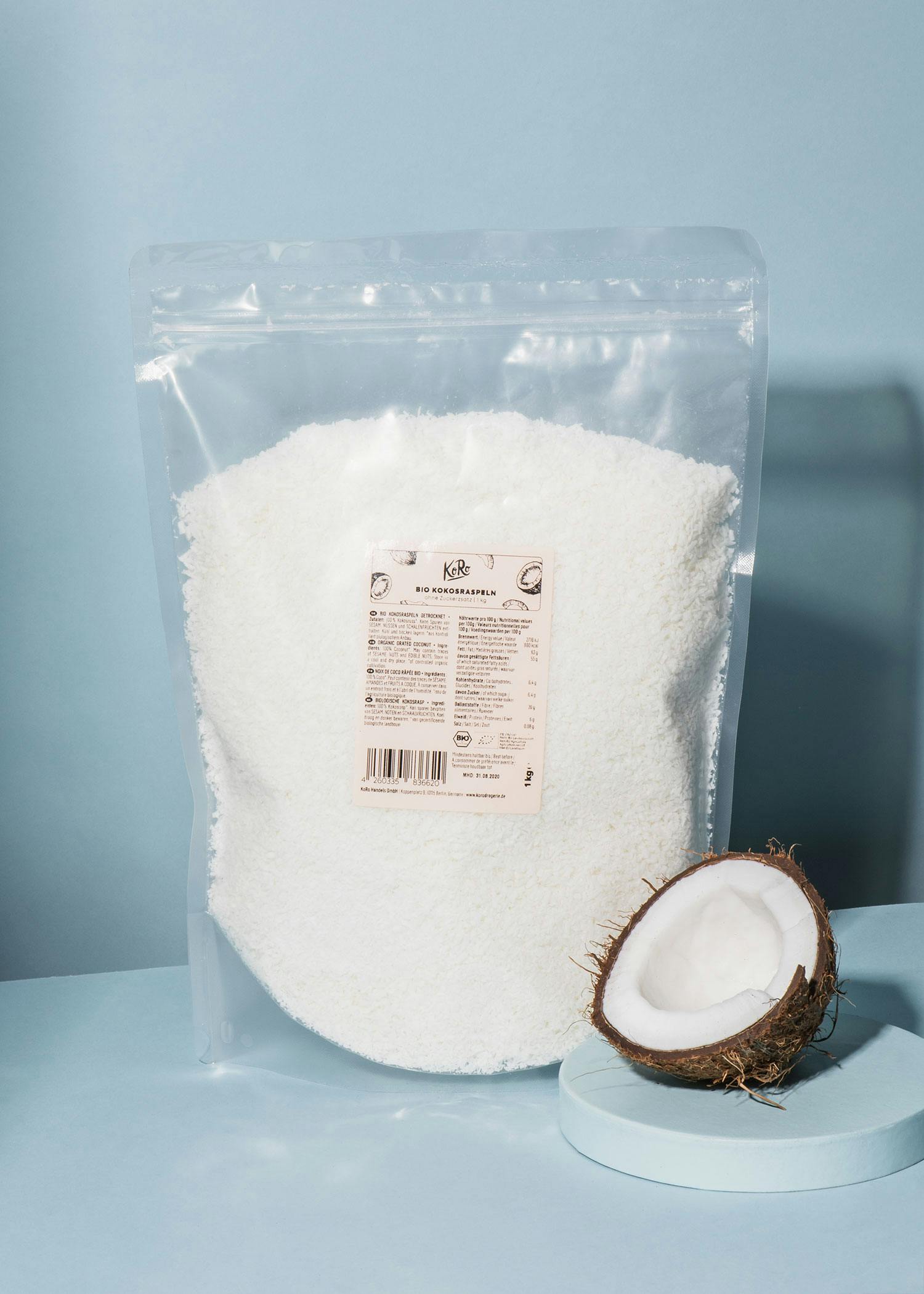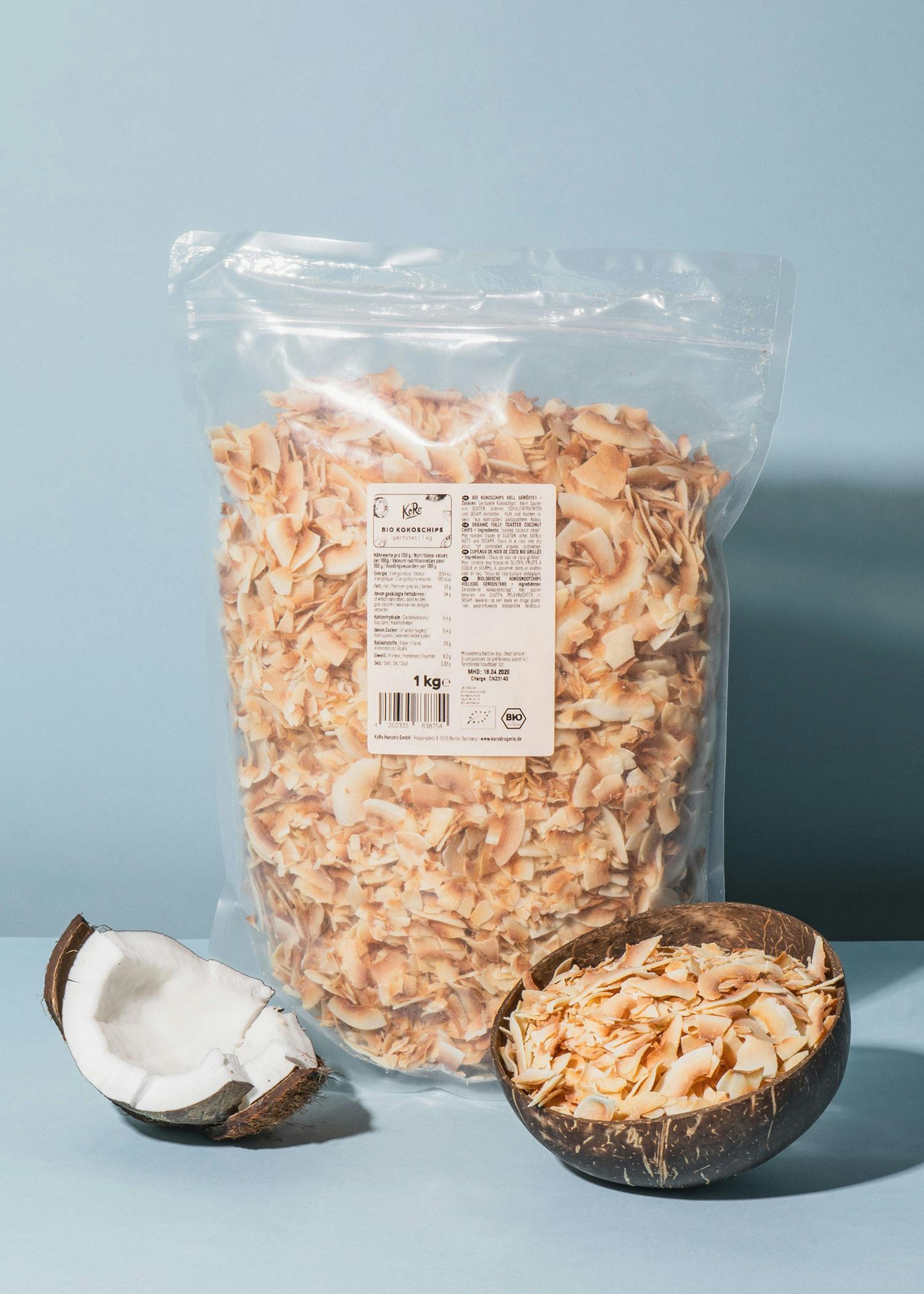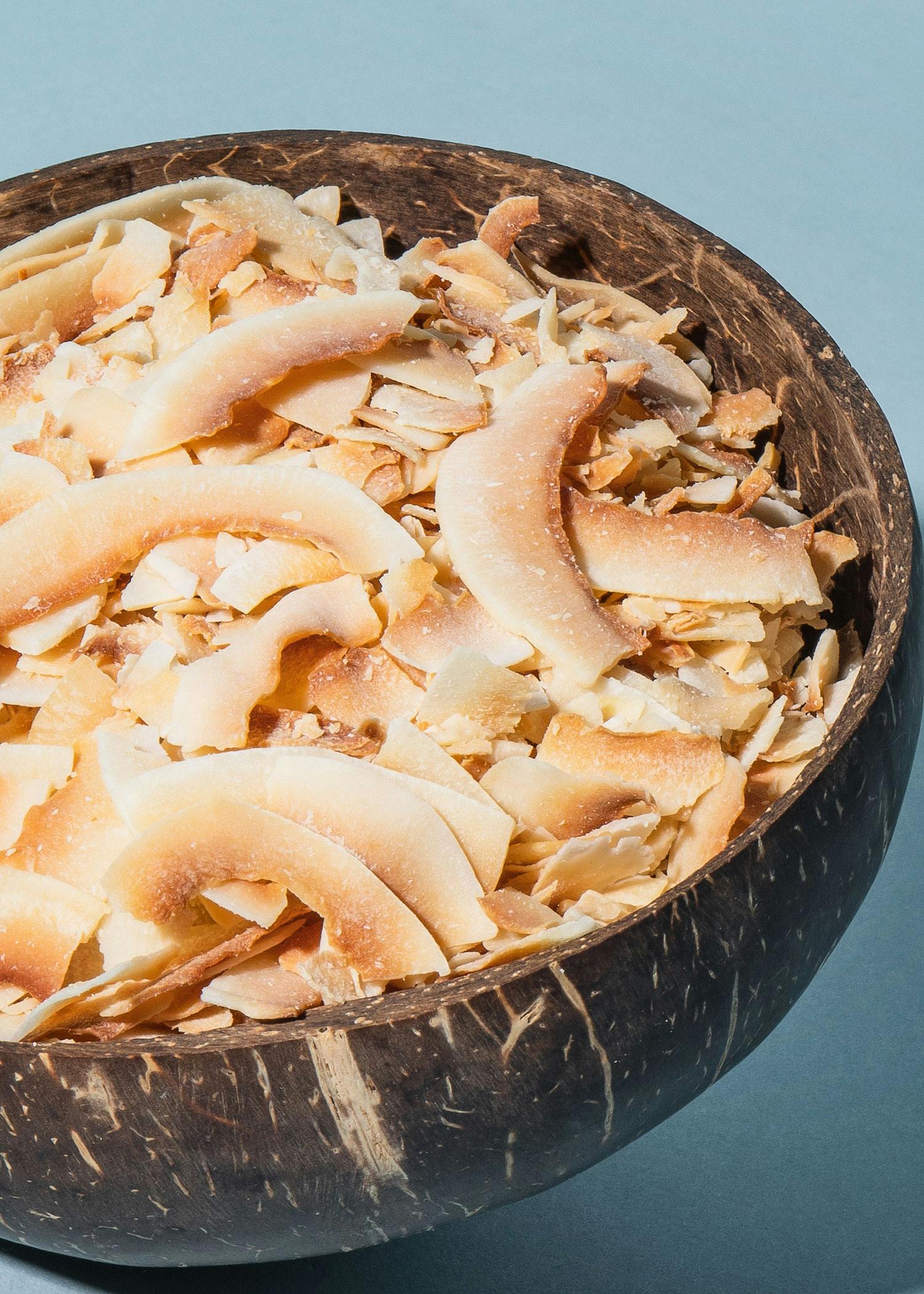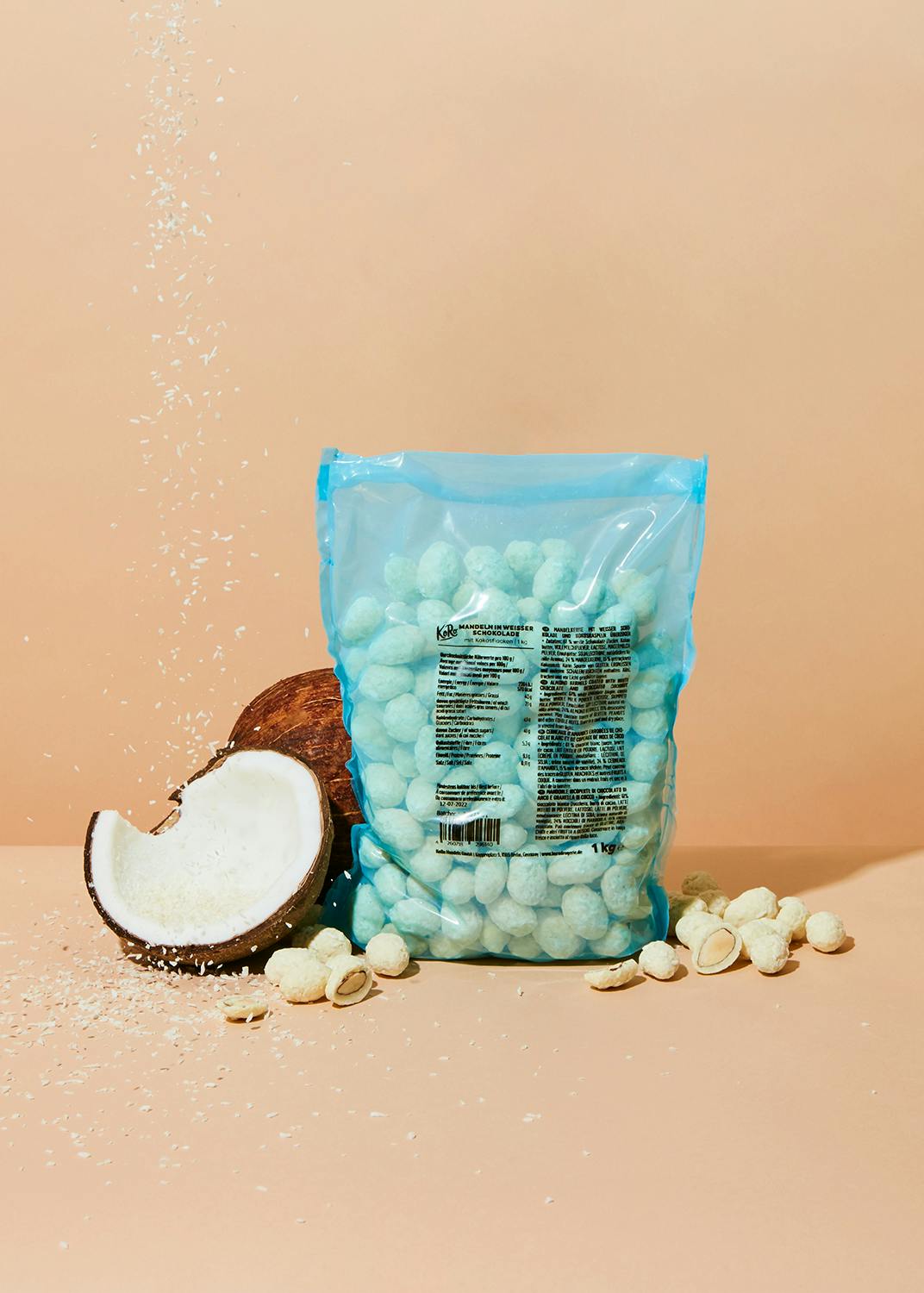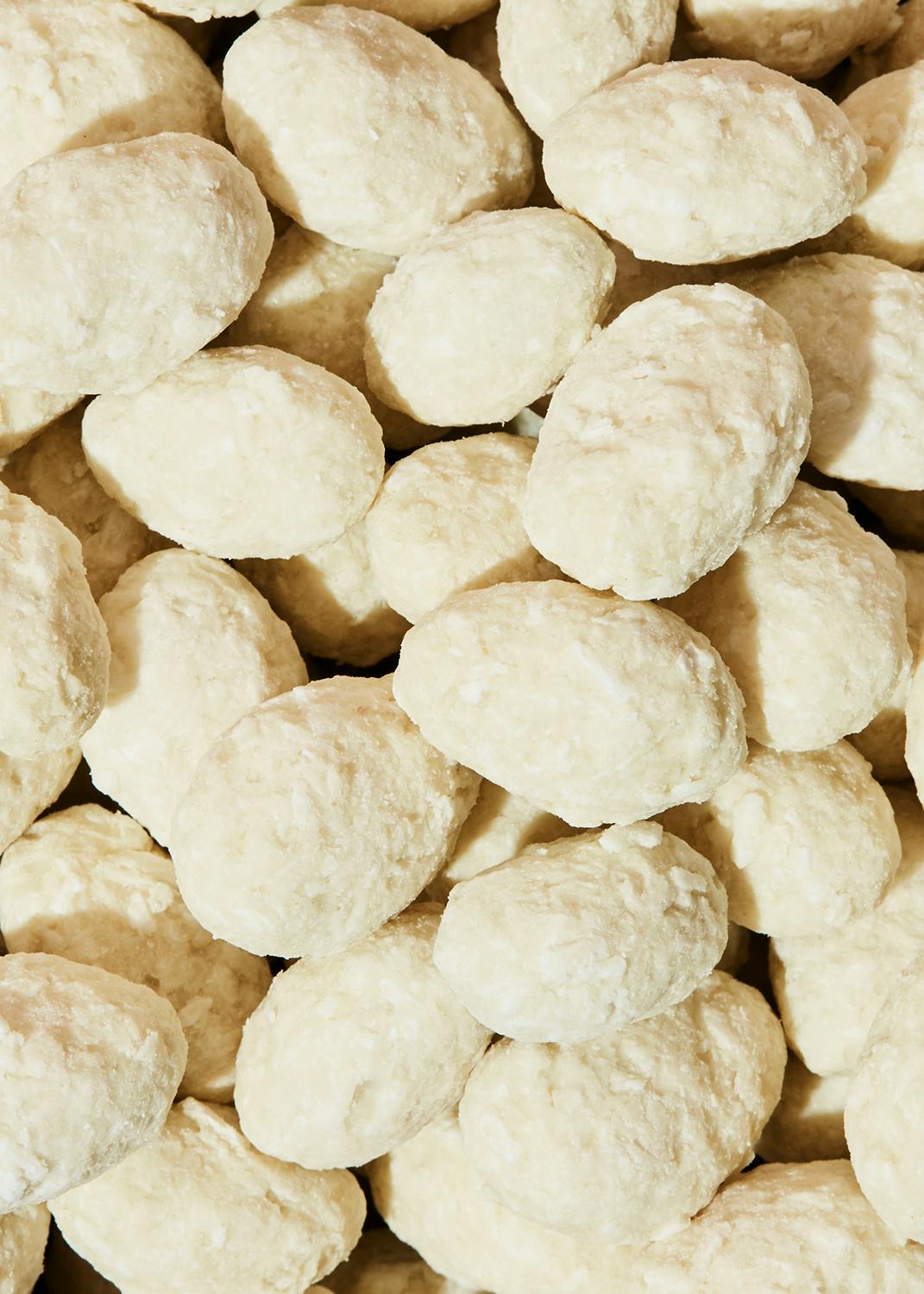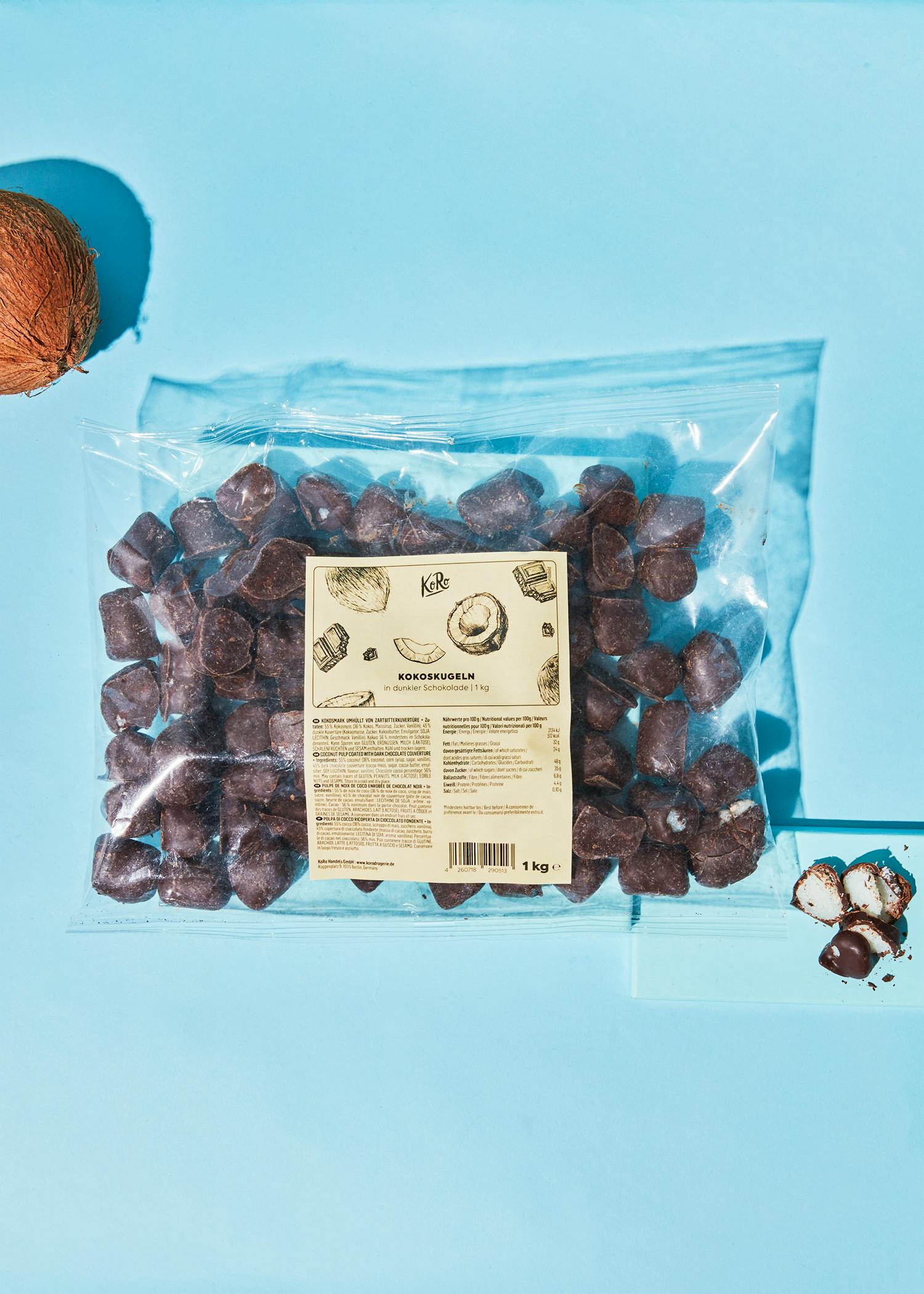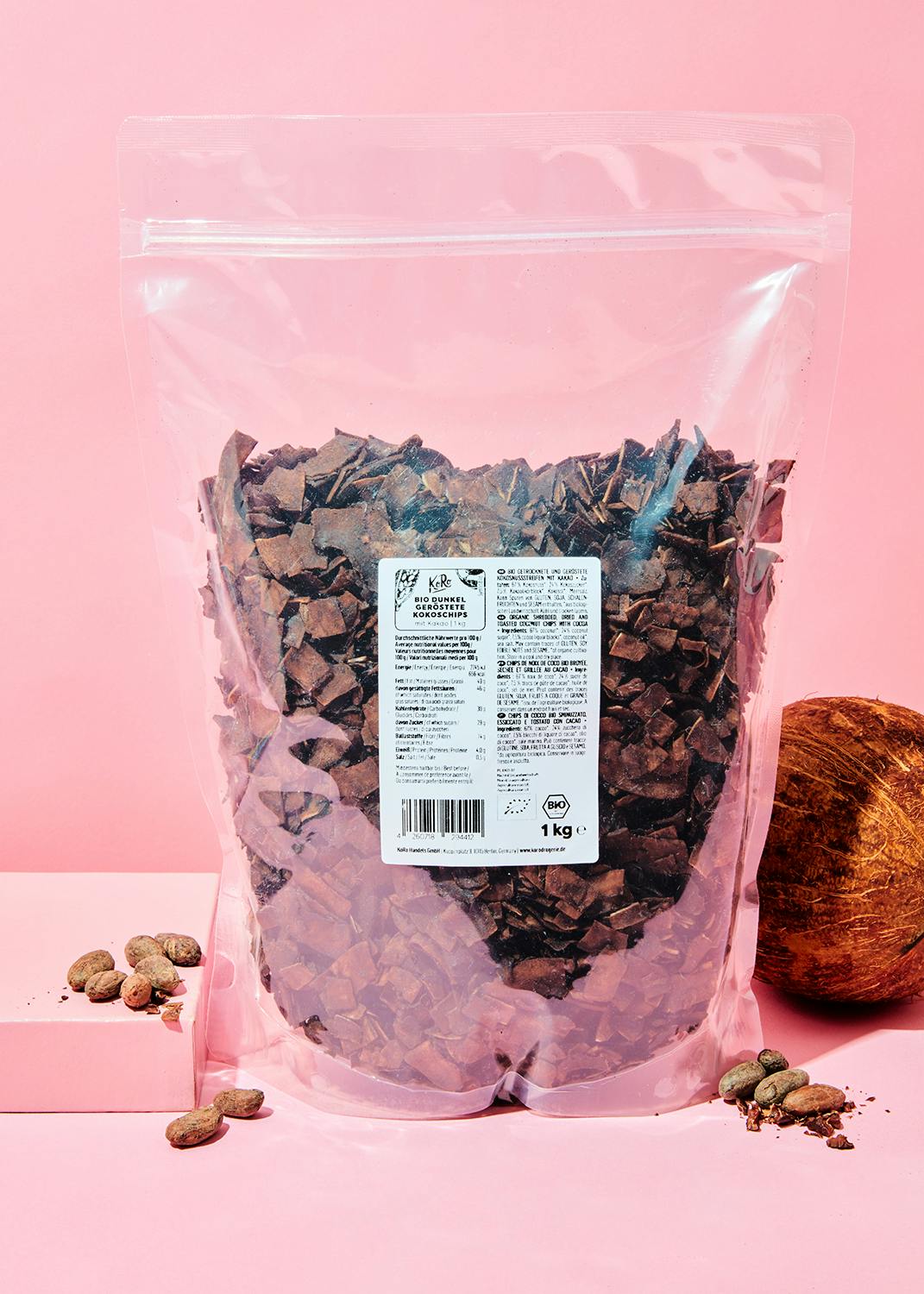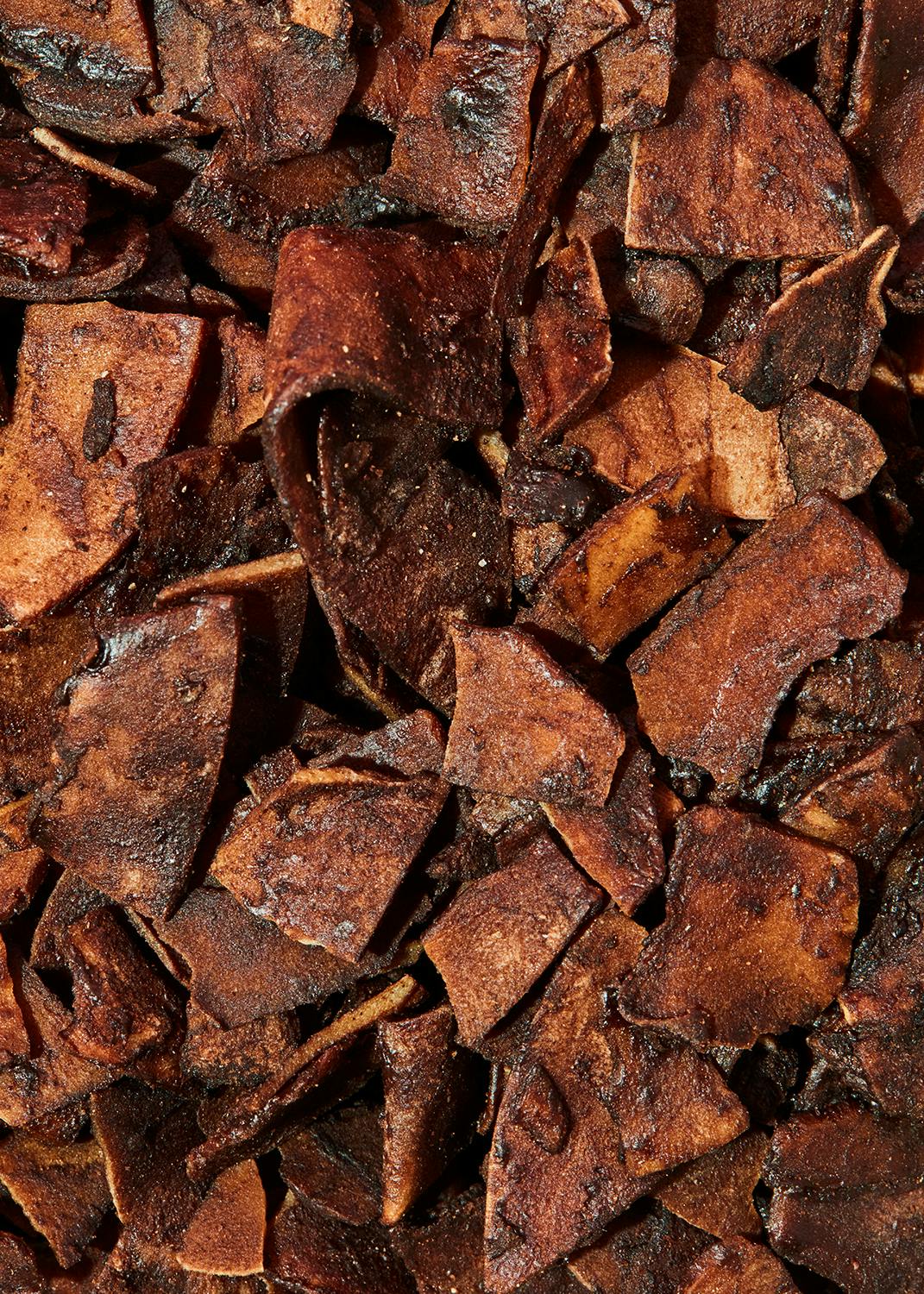A tropical all-rounder
The great thing about the coconut is that all of its components can be used. Entire island peoples live almost exclusively from coconuts and the ocean. Whether coconut oil, coconut meat or even the shell - everything is processed.
Coconuts are grown in the tropics. In Asia, they are mainly found in the Philippines, Indonesia and India. The main cultivation area in South America is Brazil; in Africa it is mainly Tanzania. Incidentally, despite its name, the coconut is not actually a nut. Like almonds, for example, it is a stone fruit.
Harvest and export
There are interesting methods for harvesting the fruit from the tall palm trees. They are usually cut from the ground using a special tool made from long sticks. Sometimes the nuts fall from the tree by themselves. This can be really dangerous, as a ripe coconut weighs up to 2.5 kg! When harvested, the fruit is yellowish-brown on the outside. Before a whole coconut can be imported into Germany, the outer layer is removed. Only then does it get the brown, dry and fibrous coating - as you know it. The fruit must be broken open to obtain other coconut products.
Coconut water and coconut milk
For the refreshingly sweet coconut water, the coconut must be harvested early before it is ripe. The water is isotonic and also contains a variety of minerals. This makes it the ideal sports drink and refreshment. Coconut milk, on the other hand, is made from ripe nuts and is suitable for sweet and savory dishes thanks to its creamy consistency. If you only ever need small amounts of coconut milk, you can try our coconut flour. Mix 2-3 tablespoons of the powder with water to make 200 ml of milk.
Baking with coconut
Coconut flour is made from the dried flesh of the coconut. To do this, it must be removed from the fruit, dried fresh from the harvest and de-oiled by pressing. The dry mass is then ground into a fine flour and can be used as a gluten-free flour alternative. You can top baked goods, as well as porridge and the like, with coconut flakes containing fiber.
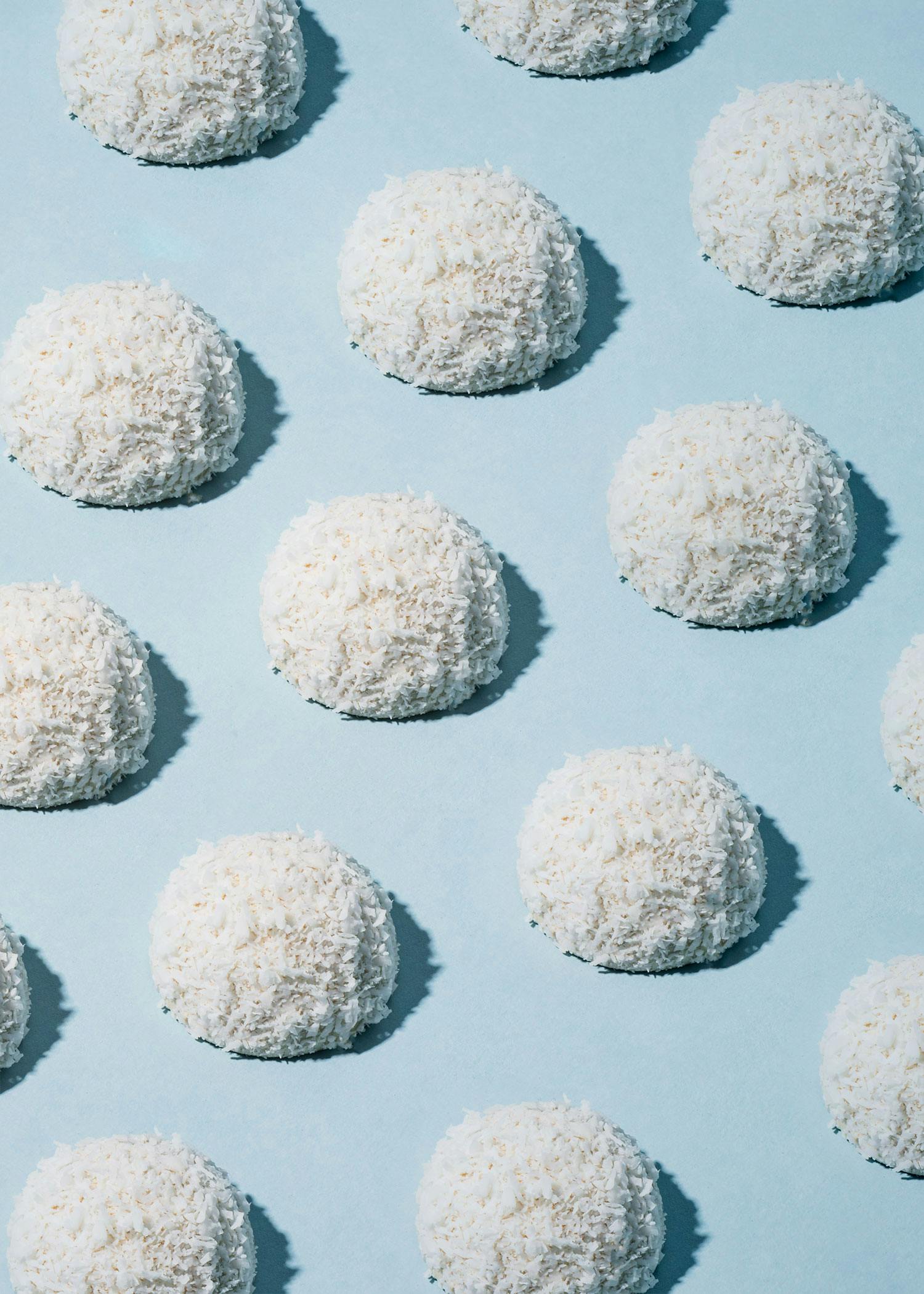
Coconut oil
Fresh and ripe fruit is used to obtain the high-quality coconut oil. The fruit flesh is first crushed and dried. It is then cold-pressed in special oil mills on site. This process preserves the ingredients. The oil is ideal for frying and cooking, as it can be heated to high temperatures and gives dishes a delicate coconut flavor. Incidentally, coconut oil becomes liquid at around 26 °C, which is why we usually find it in solid form.
Coconut chips
Coconut chips are also made from the flesh of the coconut. The flesh is removed, cut to size and gently dried. The coconut chips get their crispy consistency without any roasting process. The chips are full of high-quality fats, low in carbohydrates and completely natural. If you like roasted flavors, you can try our roasted coconut chips. We also have something for those with a sweet tooth: crunchy roasted coconut chips refined with coconut blossom sugar or dark roasted chips with cocoa.
Coconut bowls made from coconut husks
In addition to edible coconut products, a bowl can even be made from the shell of the coconut. No plastic, but 100% natural! Our coconut bowls from Vietnam look cute and, incidentally, coconut waste is saved from disposal.
Snacks with coconut
We love the diversity of coconut and therefore have many snacks with this all-rounder in our store. How about almonds in white chocolate with grated coconut? Coconut balls covered in dark chocolate or coated in white chocolate are also a delicious sweet made from the stone fruit. Also great for melting (or spooning away): Organic coconut and almond cream.
